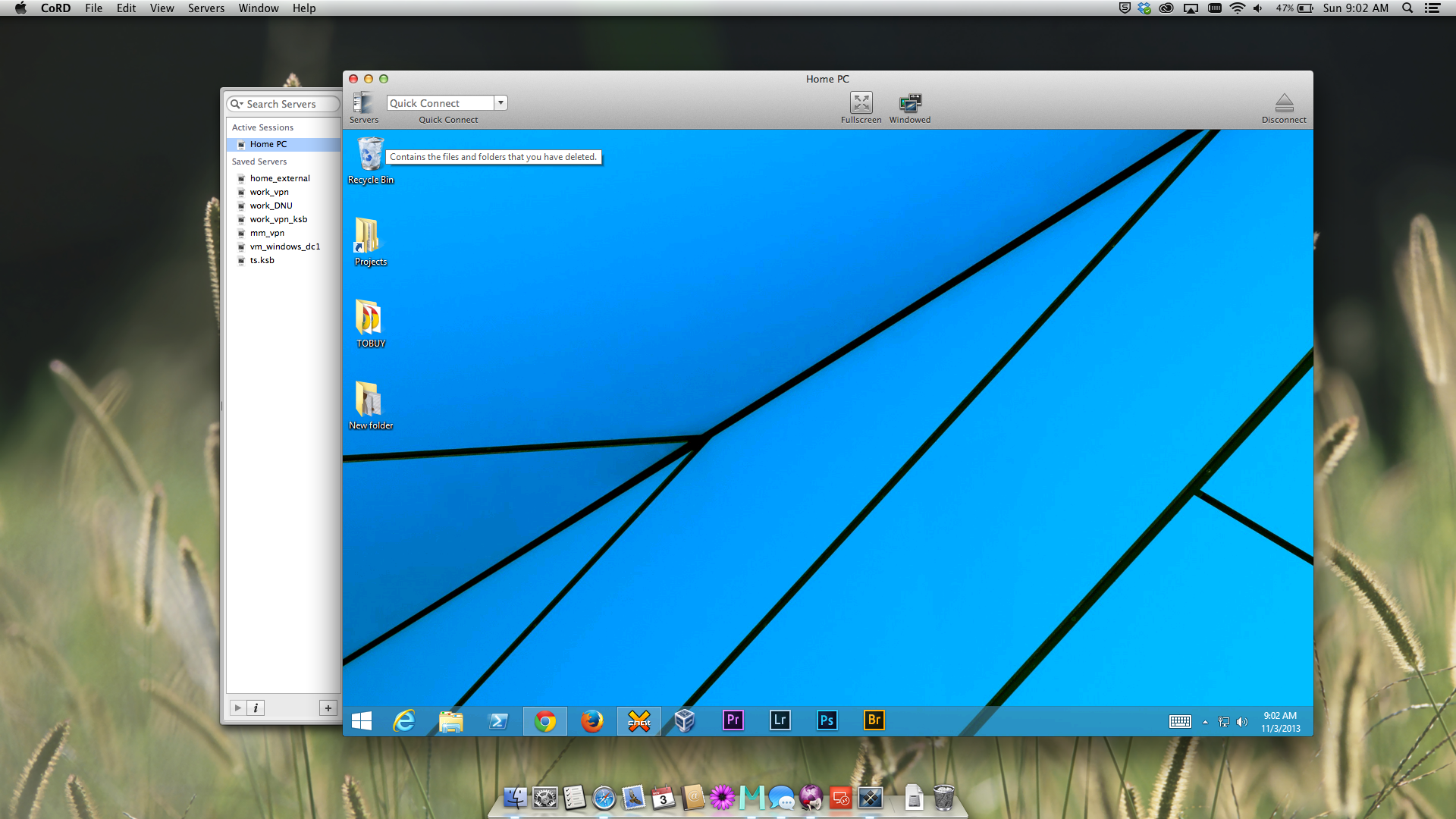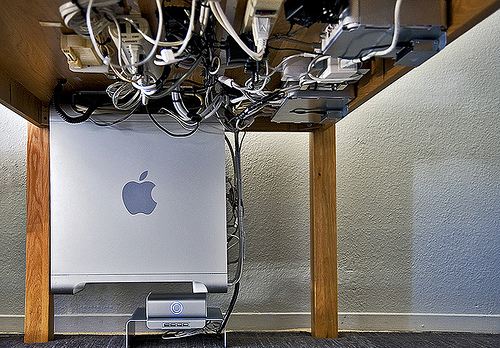
Just try it yourself, they have a 14 day evaluation licence. Using a RAW converter as a photo manager might sound like a overkill, but ASP is comparable in speed with other simple photo managers I have seen. It has more editing features compared even to LR5, for example it is possible to apply all local changes to arbitrary shaped layers (not just circles as in LR). The support for RAW photos is a benefit for photographers particularly. Designed to handle image files, PhotoSweeper fully supports all popular image formats and a few RAW formats.
#Best professional photo management for mac for mac
Our take: A dedicated duplicate photo finder for Mac with support for Lightroom. keywords, rating) in XMP files in the same folder as the picturesĪSP is a RAW converter, but it can handle JPGs as well. Latest version: 4.4.0, released in May 2022.

it can store all edits and meta data (e.g.it can use the existing folder structure.Exporting/importing the metadata every time is just too much hassle for no advantage gained. But in all honesty, none still beat the aesthetics of Apple products. These can be beautiful, simple and sleek to use.
#Best professional photo management for mac pro
Or I even share the same directory on a hard disk from multiple OS or systems. The beautifully designed Apple Mac Pro Trashcan The only exceptions are some PC laptops and tablets like Microsoft’s Surface, or Dell’s XPS line with carbon fiber casing. from netbook during vacation, then to a laptop for sorting, and then to the desktop with calibrated monitor for processing). Reason is that I often carry over directories with partly processed photos from one system to another (e.g. This will cause Lightroom to create an XMP file for each of your edited RAW files, which contains the metadate and edits. Or if you prefer not to have DNGs, simply instruct Lightroom to write XMP-sidecar files. You can even choose to have the original RAW file embedded in the DNG. If you wish your images to maintain the ability to be platform independant, then simply use Lightroom's ability to attach metadata to the image or directory: you can have Lightroom save the images as DNG, with the metadata, including changes, embedded in the file. Lightroom does import, but it is not importing or even moving your images, it is simply importing the data about your image, and creating on-screen previews to aid in editing. During the Lightroom Import process, Lightroom will even copy your originals to the directory of your choosing, because it doesn't put images in the library. Lightroom has superior image management capabilities, zero touch photo editing, and will allow you to manage the files exactly where they are, in directories of your own choosing. Edits and metadata can be written to the image, to a new image, or to XMP sidecar files, depending on what you prefer. The actual images are not stored in the library. Lightroom uses a library to hold the edits and metadata for your images. You can browse, tweak and yes, delete photos within your directory. It will publish to the directories as well.

In fact, it won't even touch your photos. Lightroom actually uses the directory structure you define, and will use it happily. Doesn't Lightroom use a Library? Yes, Lightroom uses a Library, but perhaps not in the way you think.


 0 kommentar(er)
0 kommentar(er)
